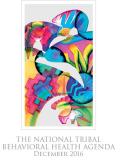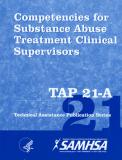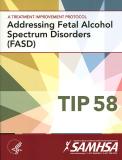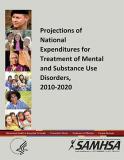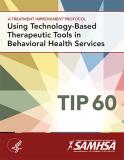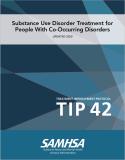
This updated (March 2020) TIP is intended to provide addiction counselors and other providers, supervisors, and administrators with the latest science in the screening, assessment, diagnosis, and management of co-occurring disorders (CODs).
Units per Product
Download
TIP 42: Substance Use Treatment for Persons With Co-Occurring Disorders
File Type: PDF
File Size: 5.03 MB


